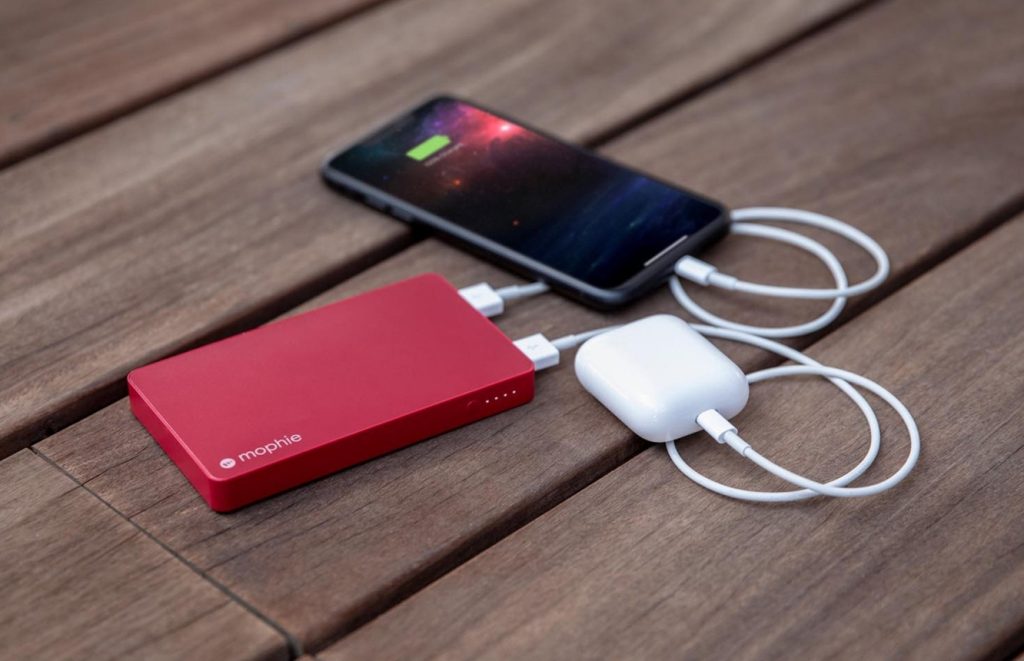These days, everything from mobile phones to even electric cars runs on electricity. So many gadgets come with a battery, but people can’t always find an electricity source to plug in their chargers. That’s why so many people these days are using power banks.
Why do you need a power bank?
Power banks are small, yet extremely useful tools. They help you to never run out of battery life on your smartphones. They are extremely useful for going into nature. For example, taking a power bank on your next camping trip would allow you to still enjoy the best features of your smartphones, even if you are kilometers away from the nearest source of electricity. You could easily play on TonyBet and pass time while you are trying to go to sleep in your tent.
Most of them can hold significant electricity. You can charge a power bank with a simple USB cable when you are near an electricity source. Once charged, you can carry it anywhere you go and depend on it to charge a multitude of devices. Similar to how you store money in a regular bank, you can store electricity in a power bank, and it will help you charge devices when you need it. You can charge a normal phone with a power bank anywhere from 3 to 10 times, or even more.
Types of power banks:

There are many different types of power banks. One thing they all have in common is that they exchange electricity charges through the USB interface. Other than that, there are a wide variety of options available. Some of them even offer wireless charging. Still, the main distinction between power banks is how they get charged. There are normal power banks that you can charge with USB, and there are the ones that you can charge with solar power. Usually, these power banks have some kind of indicator that shows the level of electricity. Sometimes it is a screen display, other times it’s just a few blinking lights.
Solar power banks, on the other hand, accumulate a charge after you leave them in the sun. These gadgets have photovoltaic solar panels installed, which collect the energy of the sun. The disadvantage of solar power banks is that they require sunny weather to adequately collect enough energy to fully charge the power bank. Usually solar type also has the support to charge it with normal USB. Some of them have larger panels, which can be extended to expose a larger area to the sun, and collect more energy that way. These are usually more expensive than your typical power bank.
Last, but not least is wireless power banks. Wireless charging has become commonplace in the smartphone industry, and manufacturers have designed power banks that can support this type of charging. These are fairly easy to figure out. All you have to do is to place a device that can be wirelessly charged on top of the power bank. The rest happens automatically. Still, it’s a good idea to look at instruction manuals to correctly understand how to charge your device.